I never expected to fall in love with a tree. But one fall morning, I was sitting on the porch, chai in hand, when this fiery red leaf floated down and landed right in my lap. It was almost poetic, like nature sending me a handwritten note. That leaf didn’t just come from any tree—it came from a maple. A few weeks later, I was down a rabbit hole of research, learning about different maple tree species, their quirks, growth patterns, and their attitude toward my slightly neglected soil. Five years later, my backyard is basically a maple museum.
Why Maple Tree Species Deserve Your Attention
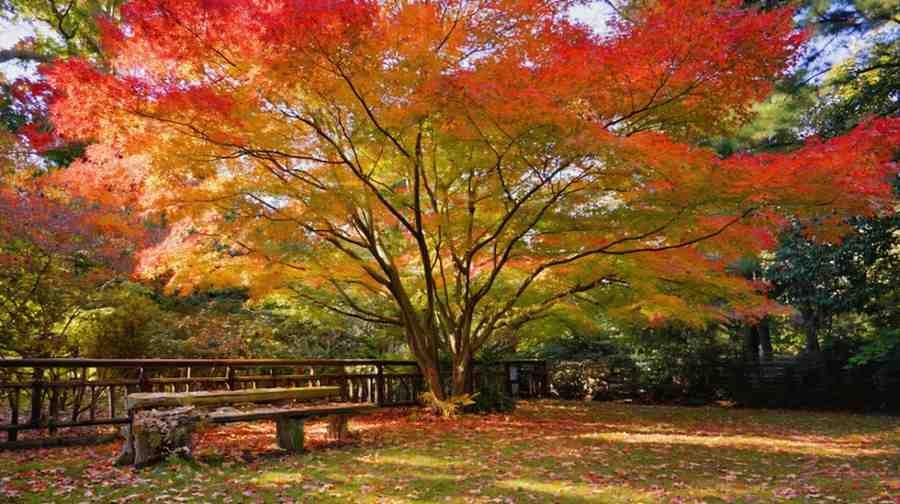
You know those things in life that are just underrated? Maple tree species top that list. People talk about roses, tulips, even bougainvillea with heart eyes. But maples? They quietly turn your yard into a piece of art. Their autumn colors are unmatched—flaming reds, butter yellows, and pumpkin oranges. Plus, they’re not just about looks. These trees are hardy, adaptable, and come in a wide range of personalities. Some are bold and tall. Others are small, almost bonsai-like. There’s literally a maple for every mood, soil, and square foot of space. That’s versatility wrapped in bark.
Quick Snapshot: Famous Maple Tree Species
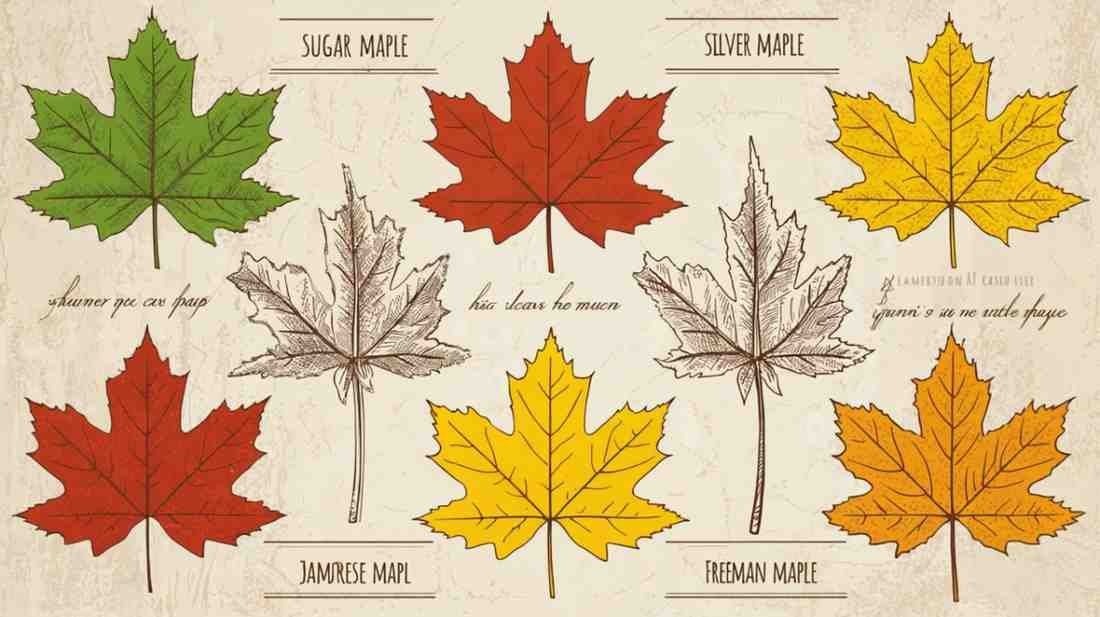
Let’s take a walk through the leafy red carpet, shall we? Here’s a brief intro to the all-stars of maple tree species—each with its own charm, quirks, and gardening demands.
- Sugar Maple (Acer saccharum): The classic. Big, bold, syrup-friendly, and the autumn MVP.
- Red Maple (Acer rubrum): Fast-growing and adaptable. Loves both swampy and dry soils.
- Silver Maple (Acer saccharinum): Great shade tree. Grows fast. But those roots? They love drama.
- Japanese Maple (Acer palmatum): Elegant and ornamental. A favorite for artistic gardeners.
- Amur Maple (Acer ginnala): Compact. Hardy. Its fall show will leave you speechless.
- Freeman Maple (Acer × freemanii): A hybrid beauty. Disease-resistant, fast-growing, and stunning.
These maple tree species are more than just pretty faces. Each offers something unique to your garden palette. But hey—choose wisely. A mistake here can cost you 15 years of awkward tree placement.
My First Tree Drama: The Sugar Maple Story
Let me tell you a little about planting my first Sugar Maple. The excitement? Unreal. The reality? Muddy, sweaty, and slightly overwhelming. I dug a hole way too deep. Didn’t check the root flare. And definitely overwatered it like a nervous first-time plant parent. Still, that little tree survived. It took three years to look like something other than a glorified stick. But when the leaves turned fiery orange that third fall, I literally called my wife out yelling, “Look at this!” It’s funny how a tree can give you goosebumps. Or maybe I just love fall too much.
Sugar Maple – For Color, Shade, and Sweet Vibes

If maple tree species were a royal family, the Sugar Maple would wear the crown. It’s the source of real maple syrup and one of the most iconic fall color producers in North America. With a mature height of 60–75 feet, it gives generous shade and a perfectly rounded canopy. But it’s a little picky—likes deep, moist, well-drained soil, and absolutely hates road salt. If you’re in a city, maybe look elsewhere. But if you’ve got space and patience, this tree will pay you back in leaf piles and late October photo ops. Pro tip: Don’t plant it too close to your driveway.
Red Maple – The People’s Favorite
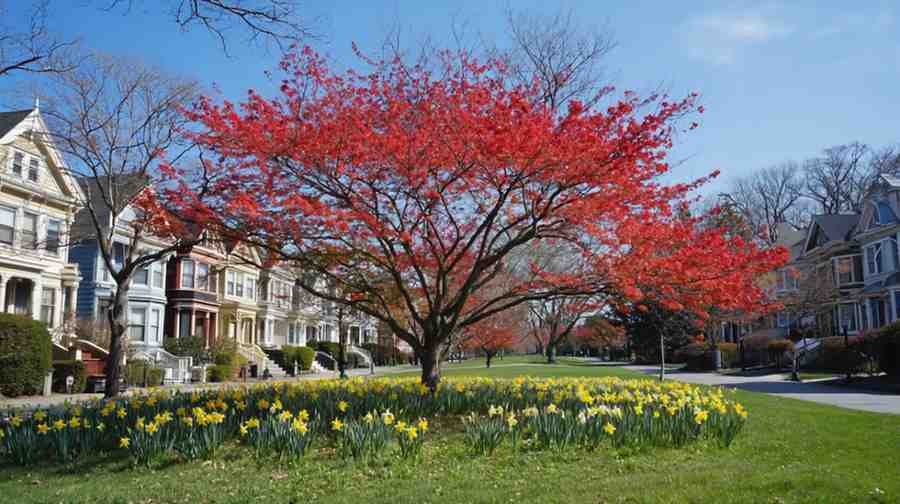
If Sugar Maples are royalty, Red Maples are celebrities—everywhere and loved by all. This species is one of the most widespread native trees in eastern North America. It’s fast-growing, highly adaptable, and tolerant of various soil types—even clay. The bark starts smooth and gray but becomes darker and rougher with age, kind of like most of us. Its fall colors range from bright red to orange, and it blooms with red flowers in early spring before the leaves even show up. That drama? Iconic. It’s also great for wildlife, attracting birds, bees, and butterflies. This is the extrovert of maple tree species.
Silver Maple – The Speedy Shade-Giver (With a Side of Chaos)
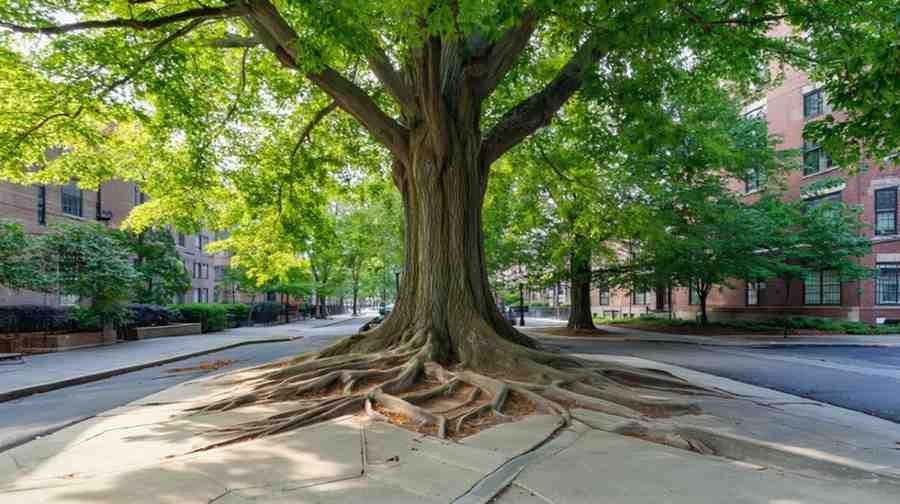
Ah, the Silver Maple. It grows faster than a rumor in a small town. If you want shade ASAP and aren’t too fussy about neatness, this one’s your friend. Its leaves have silvery undersides that shimmer in the breeze—very romantic. But here’s the catch: the roots are aggressive and will tear up your sidewalk if you plant it too close to structures. The wood is also weak, so it’s prone to limb breakage in storms. I had one split like a KitKat during a windstorm. Lesson learned: give it space. And maybe a bit of extra pruning love.
Japanese Maple – A Living Work of Art
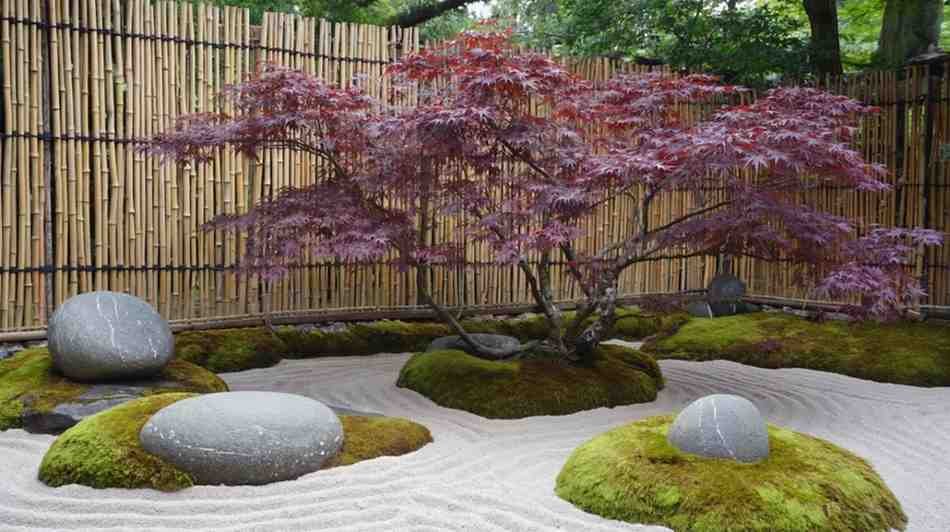
Let’s talk elegance. Japanese Maples are the garden’s jewelry—delicate, detailed, and absolutely breathtaking. Their leaves look like lace, their size makes them perfect for small yards, and their color ranges from bright red to deep burgundy. Some stay under 10 feet, others stretch to 25 feet. They’re slow growers but make up for it in sheer drama and style. They prefer filtered sunlight, protection from harsh winds, and slightly acidic soil. Basically, they’re high maintenance, but totally worth it. If you want to create a Zen corner in your yard, this is the tree to anchor it.
Amur Maple – Small But Mighty
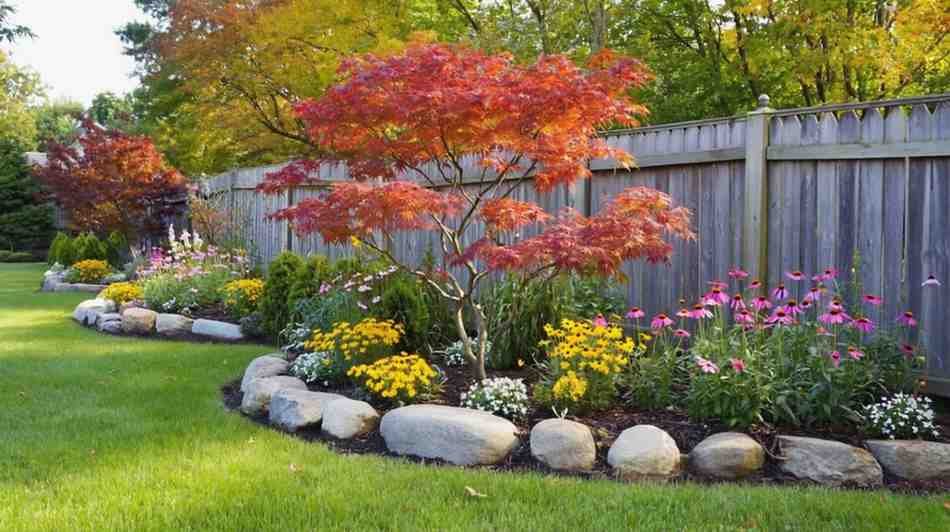
When I moved to a house with a smaller yard, I panicked. No space for my beloved giants. Enter the Amur Maple. Native to Asia but tough as nails, this compact tree (or large shrub) maxes out around 20 feet. But don’t underestimate it. Come fall, it turns a flaming red that rivals even the Sugar Maple. It’s drought-tolerant, cold-hardy, and pretty undemanding overall. I’ve seen them lining walkways, sitting pretty in urban gardens, and even trimmed into hedges. If you’re limited on space but high on color goals, this one’s your champion.
Freeman Maple – The Best of Both Worlds
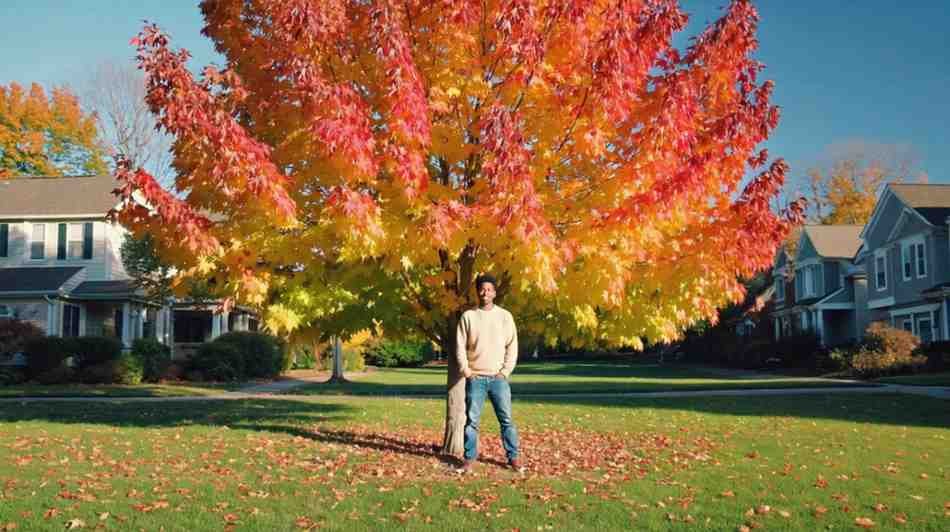
Freeman Maple is like the hybrid car of the tree world. It’s a cross between Red and Silver Maple, combining the color of the former with the fast growth of the latter—without the weak limbs. It’s also more disease-resistant and tolerates urban conditions better than many other maple tree species. If you’re looking for a tree that grows fast, looks amazing in fall, and doesn’t turn into a drama queen in poor soil, this is your pick. I planted one on the side of my house, and within five years, it looked like it had been there forever. Zero regrets.
Growing Maple Tree Species: Tips from the Dirt
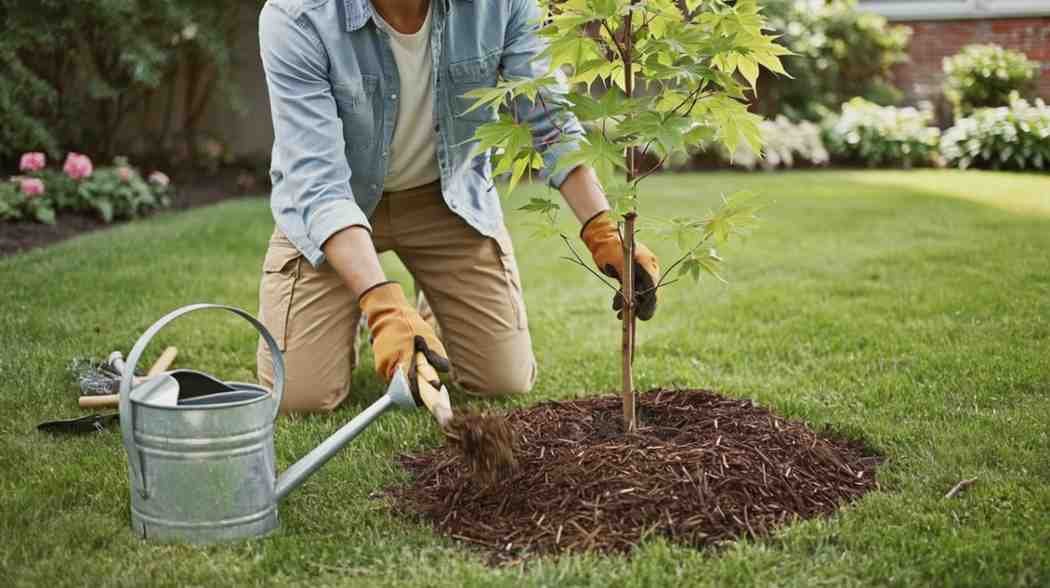
Now that you’re emotionally attached to at least three maple tree species, let’s talk care. Most maples are pretty easygoing, but they do have a few non-negotiables. Here’s what I’ve learned the muddy way:
- Pick the right spot – Maples love sun, but some prefer partial shade. Know your species.
- Mind the soil – Well-drained, slightly acidic soils work best. Add compost if your soil feels like bricks.
- Water smart – New trees need consistent watering. Mature ones? Let nature handle most of it.
- Mulch is magic – Keeps roots cool, moisture locked, and weeds annoyed.
- Don’t bury the root flare – That’s where the trunk meets the roots. Let it breathe.
Picking the Right Maple Tree Species for Your Region
Here’s the thing—just because a tree is beautiful doesn’t mean it’s right for your zip code. I learned that the hard way when I tried planting a Japanese Maple in full sun during peak Pakistani summer. Poor thing almost gave up on life. When choosing among maple tree species, you need to match them with your region’s climate, soil type, and available space. Sugar Maples thrive in cooler zones and need deep, moist soil. Red Maples are the go-to for unpredictable soils. If you’re in a hot, dry region, Amur Maple might be your safest bet. Matchmaking with trees matters.
The Seasons of a Maple – What to Expect
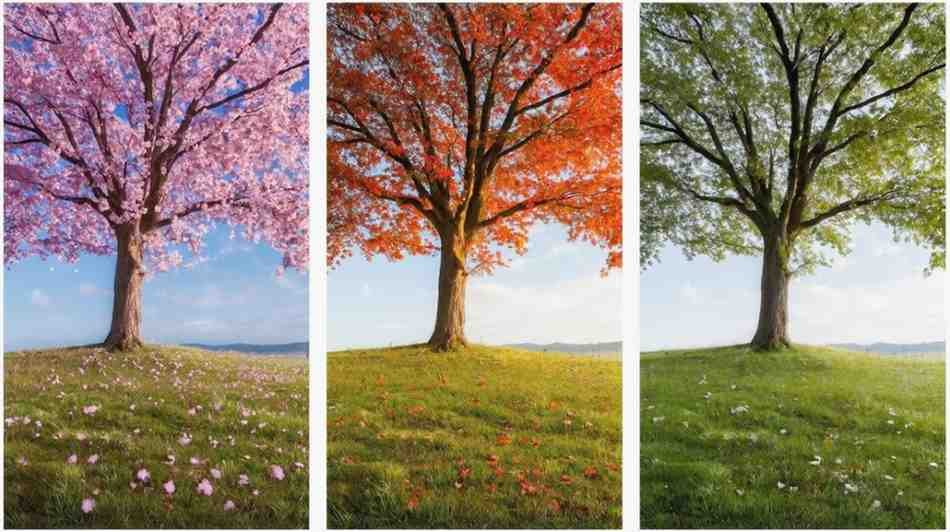
Owning a maple is like parenting a moody teenager. Each season brings a different attitude. Spring is when they wake up with a yawn—tiny buds appear, and some species like Red Maple even throw a floral party. Summer is peak shade time. You’ll bless your tree every time you sip iced tea beneath it. Fall? Showstopper season. This is when your tree turns into art. Winter strips everything bare, but even then, the bark, structure, and leftover seed pods have their own charm. Knowing what to expect helps you appreciate the full cycle—not just the ‘Instagram-worthy’ parts.
Pruning Maples Without Making Them Bald
A lot of people mess up their trees by getting too excited with pruners. Been there, trimmed that. The best time to prune most maple tree species is late winter or early spring, when the tree is dormant but before new growth starts. Never prune in late spring or summer—you’ll end up with sap bleeding like a scene from a horror movie. Focus on removing dead, diseased, or rubbing branches. And don’t overdo it. Your tree needs its leaves to make food, not to satisfy your landscaping OCD. Think of pruning as a haircut, not a full makeover.
Common Maple Tree Problems (And How I Screwed Them Up So You Don’t Have To)
Let’s talk trouble. Maple tree species aren’t high-maintenance divas, but they do have enemies. One year, I noticed brown edges on leaves and panicked. Thought it was a disease. Turned out to be leaf scorch from heat stress. Here are a few common issues:
- Leaf Scorch: Caused by heat, drought, or too much sun. Water deeply and mulch well.
- Tar Spot: Black spots on leaves. Looks scary, but it’s cosmetic. Rake leaves in fall to prevent spread.
- Verticillium Wilt: A serious fungal disease. Remove infected branches. Don’t compost them.
- Aphids/Scale: Treat with neem oil or insecticidal soap. Don’t over-fertilize—they love soft new growth.
Moral? Know the enemy. And don’t freak out over every brown spot.
FAQs About Maple Tree Species
Are maple tree species fast-growing?
It depends. Silver and Freeman Maples grow faster. Sugar and Japanese are slower but sturdier. Patience pays off.
Can I grow maples in pots?
Yes—especially dwarf Japanese maples. Just use well-draining soil and never let the roots dry out.
Do all maples give syrup?
Nope. Only Sugar Maples produce high-quality sap. Red Maples can be tapped, but the syrup’s a little “meh.”
What’s the best time to plant a maple?
Early spring or fall. Avoid planting in summer unless you enjoy watching your tree suffer.
Why are my maple’s leaves turning yellow in summer?
Could be overwatering, poor soil, or root stress. Time to play plant detective.
Maple Moments – The Unexpected Joys
I’ve had a lot of quiet, magical moments under my maples. Like the time I found a squirrel napping in a forked branch. Or the way my kids pile the fallen leaves and dive into them like it’s a game. One year, my neighbor came over just to thank me for “the view” from her window. That’s when it hit me—planting trees isn’t just gardening. It’s legacy. Every maple tree species I planted is doing more than just growing. It’s feeding birds, calming minds, creating shade, storing carbon, and adding beauty to a little piece of earth.
Bonus Hacks for Maple Lovers
You stuck with me this far, so here are a few golden maple-growing hacks I wish someone told me sooner:
- Start small. Saplings adjust better than mature trees.
- Water deeply, not daily. Deep roots = healthy trees.
- Use tree guards. Rabbits and deer treat young bark like a snack.
- Go native if possible. Local maple tree species are better adapted to your soil and climate.
- Test your soil. A $10 test can save a $100 tree.
And remember: trees are patient. You should be too.
Final Thoughts: The Heart Behind the Leaves
Here’s the truth—maple tree species aren’t just trees. They’re storytellers. They change with the seasons, demand care but give back tenfold. They challenge your patience and reward your love. Whether you’re planting your first or adding to an old collection, each maple becomes a part of your landscape, your memory, and maybe even your legacy. My garden isn’t perfect. Some maples are crooked. Some didn’t make it. But every year, when those leaves change and fall gently to the ground, I feel something real. Like I’m rooted, just like them.
If your are a gardener so these post are helpfull for you :
https://homegardeni.com/garden-shed-roof-ideas-thatll-totally-transform-your-backyard/
https://homegardeni.com/stumpery-garden-ideas-a-rustic-tale-of-natures-forgotten-corners/